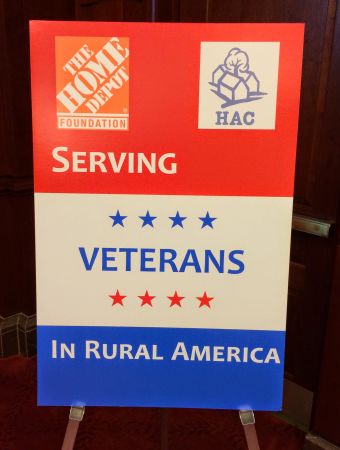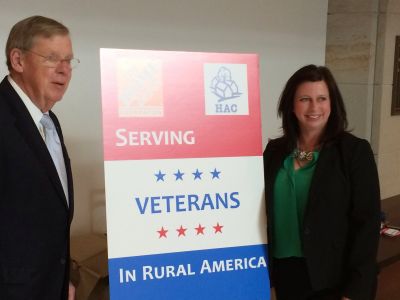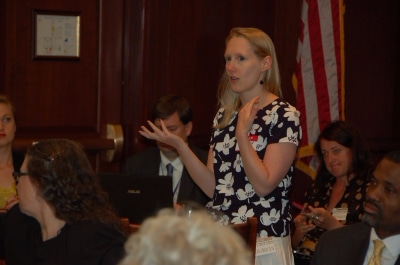Materials Posted
Introduction | Power Point Presentation | Recording
The Community Reinvestment Act (CRA), enacted in 1977, requires federally insured depository institutions to help meet the credit needs of their entire service area, particularly those low- and moderate income, economically distressed, and geographically isolated areas, in a manner that is consistent with safe and sound operation. The CRA, originally created as a response to discriminatory lending practices which primarily affected urban areas, is rarely discussed from a rural perspective despite the fact that the CRA evaluates all depository institutions.
The CRA is implemented by the four federal bank regulators through periodic lender examinations of all Federally insured depository institutions. These CRA examinations vary in occurrence and detail based on lender asset size with small lenders being evaluated less frequently (usually, once every five years) and less thoroughly (one test area instead of the three applied to large banks). Upon completion of the examination, regulators’ award banks ratings based on their compliance with the CRA. Regulators can then use a poor rating to deny lender applications for such things as opening a new office or acquiring another bank.
During the CRA examination process, the public is able to provide regulators with information regarding lender activities including any potential problems they may believe are occurring. In complying with the CRA requirements banks in turn need to ensure they make their services available to all parts of their service areas. These both make opportunities for involvement by non-profits in the process to help their local communities.
This webinar, the first in a series of three, will provide an overview of the CRA and how it touches rural communities. The discussion will include a brief review of rural banking trends, a description of the CRA process, and an accounting of CRA oversight involving rural lenders and lending activity. Despite being thought of as a policy that primarily impacts urban/suburban communities, a majority of CRA evaluated lenders are small-asset, rural-headquartered institutions. This session will describe how the CRA relates to these and other lenders who serve rural communities.







